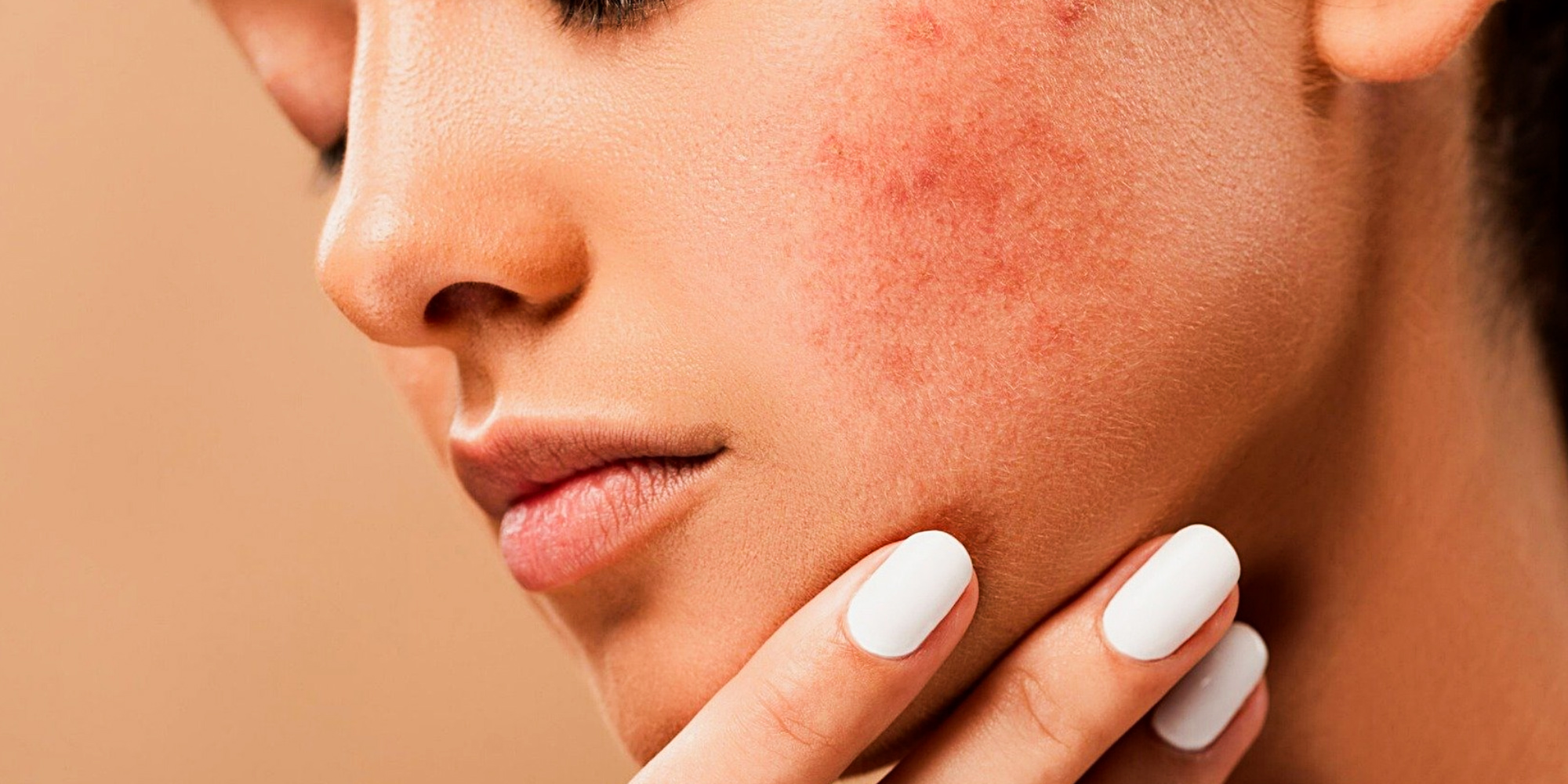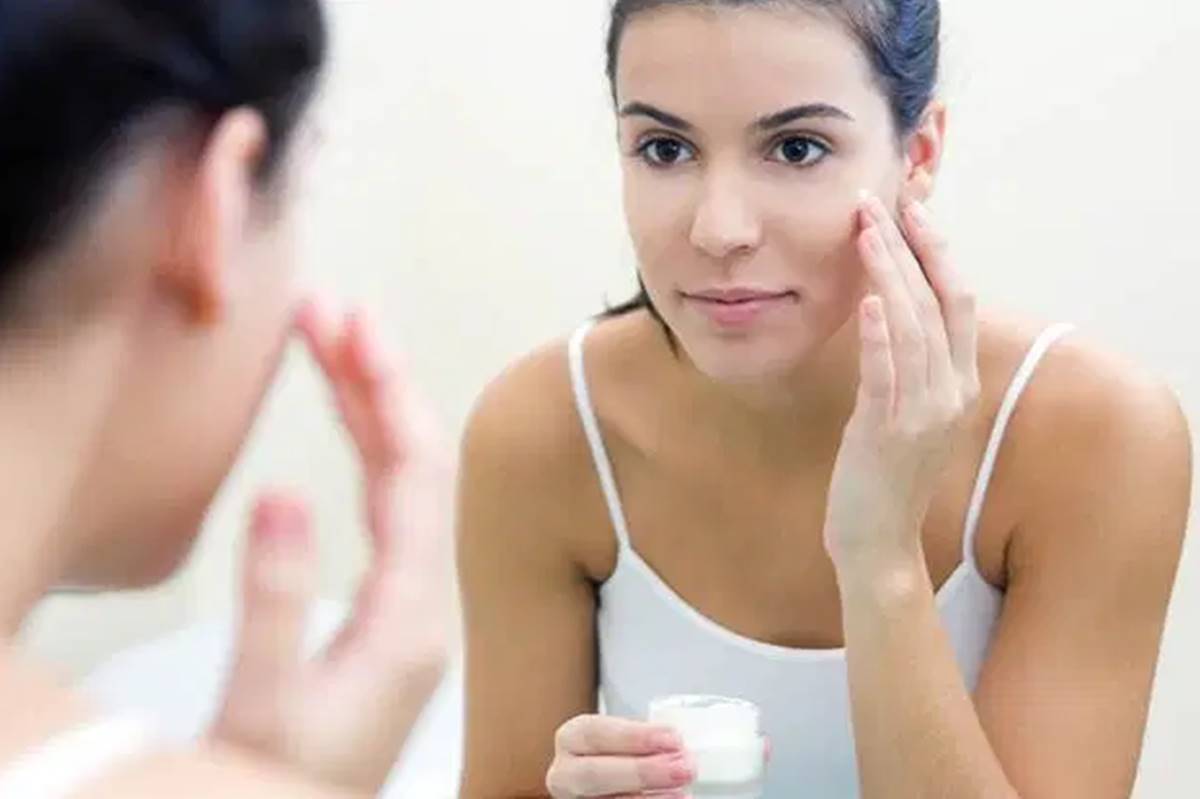Microbial infections and Monsoon come hand in hand. The rains did not just bring relief from the heat, but they also bring along a bunch of skin problems like rashes and fungal infections.
Monsoon immediately makes an appearance after the scorching heat of the summer. It brings the much-needed respite from high temperatures. But with the change in temperature and increase in humidity, the rainy season also becomes a cause of never-ending skin allergies and other skin-related issues.
During the monsoon season, skin allergies become really common. People who suffer from rhinitis i.e an allergic runny nose with frequent sneezing and/or food allergies frequently are more commonly affected with itchy reactions developing on the skin during this season. The main reason behind this is the increase in airborne pollen, dust in the air, and increase in humidity.
Let’s find out some of the common allergic reactions during this time:
1. Eczema
Eczema is a common skin allergy that alleviates during monsoon. This happens due to a sudden change in weather change conditions like a drop in temperature. It leads to a change in skin sensitivity. Commonly, this type of skin allergy affects the lower legs or the hands and feet.
The best way to tackle the occurrence of eczema and protect the skin against it is to hydrate and moisturize it. A home remedy that has been proven to be a miracle in fighting eczema is the use of coconut oil, besides avoiding the use of hot water and harsh soaps while taking a shower.

2. Scabies
Scabies is caused by a mite. It leads to intense itching mainly at night. It is more common in school-going children, kids going to kindergarten, and infants in a crèche setup. The infection spreads very easily and as soon as one member of the family gets infected, the entire family is at risk of contracting it.
Scabies requires proper treatment. A dermatologist may prescribe lotions containing permethrin to treat this condition. One also needs to take additional measures like washing all clothes and linen in hot water with the addition of antiseptic agents and getting the entire family treated at the same time.
3. Athlete’s foot
It is a common fungal infection that finds more grip during monsoon. The cause of infection is increased sweating or moisture retention that can happen due to the wetting of shoes and socks. The symptoms of the Athlete’s foot include powdery scaling and peeling of skin along with itching.
Some of the precautions that one can take to keep the infection at bay are- to avoid closed footwear, making sure to wash and dry feet completely especially after coming home from outdoors, Not forgetting to dry the area in-between the toes, and using an antifungal powder to lower down sweating.
4. Ringworm
It is also a fungal infection similar to Athlete’s foot. In this, red rings appear on the body and they are extremely itchy. Ringworm infection needs medical attention. It requires oral and topical antifungal medications and it is highly recommended that if you are suspect of having this infection, try not to self-medicate.
Some precautionary measures to be taken by the infected individual includes
- Washing clothes separately in hot water and then ironing them inside-out.
- Making sure to dry the skin completely after a shower especially the body folds as moisture can increase the infection.
- Avoiding touching or scratching the infected area.
- Wearing loose cotton clothes and avoiding synthetic fabrics.
- Making sure not to share towels or bed sheets with other non-infected individuals.
5. Rashes
As the temperature drops and humidity increases during monsoons, a lot of different rashes appear on the skin. This could be due to an increase in allergens in the hair.

It is not tough to escape these allergies during monsoon. Just be extra precautious with your skin during this time and enjoy the rain with a cup of coffee. Few tips to keep skin allergies at bay during monsoon include using a moisturizer after a shower as it forms a protective layer over your sensitive skin and may reduce the occurrence of any rashes, staying away from pets as their hair might trigger allergies, keeping potted plants outdoors as they can be a source of pollen allergy, keeping the house clean and vacuumed so as to avoid dust and dust mites.



